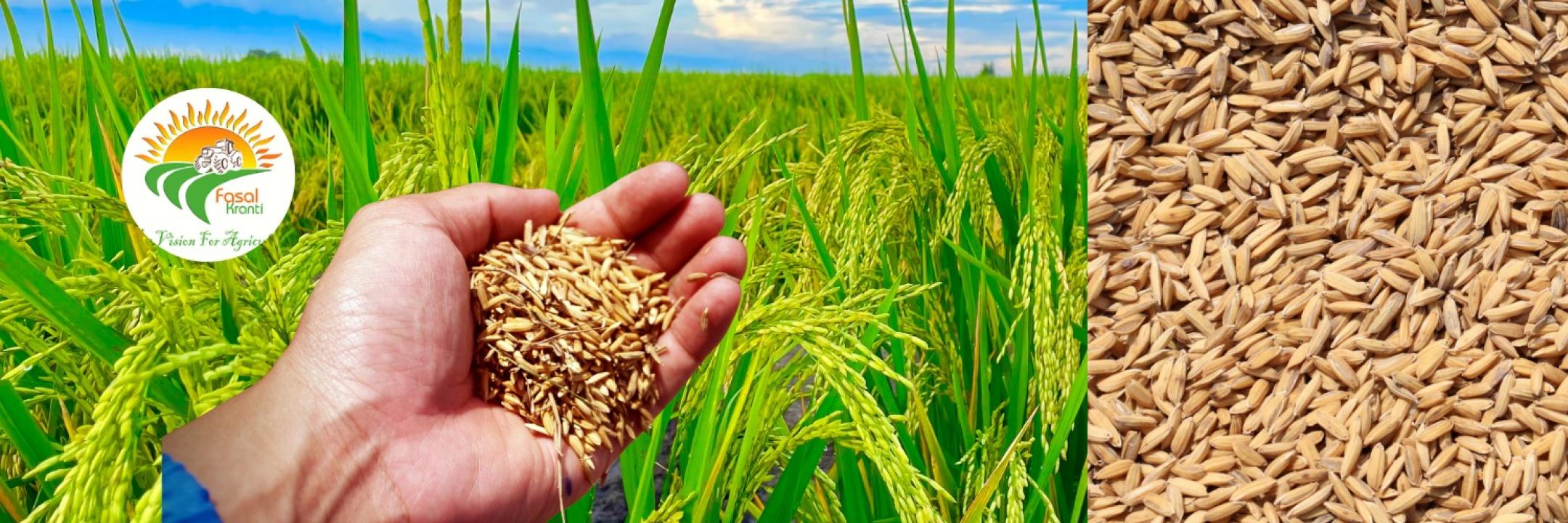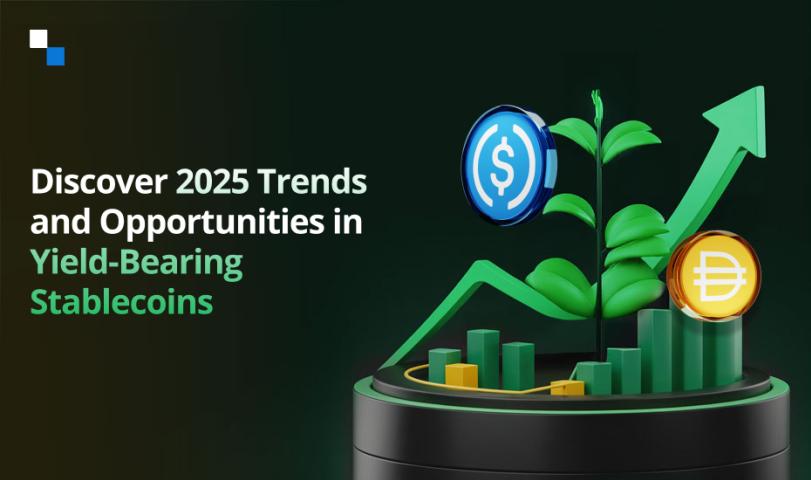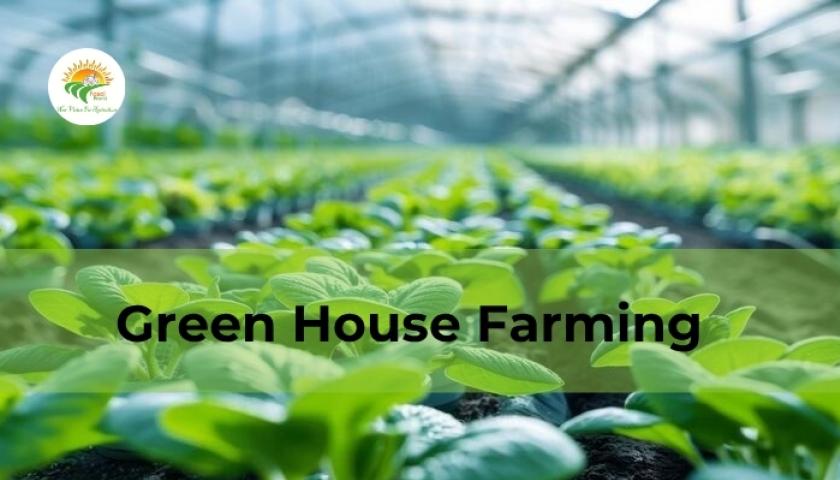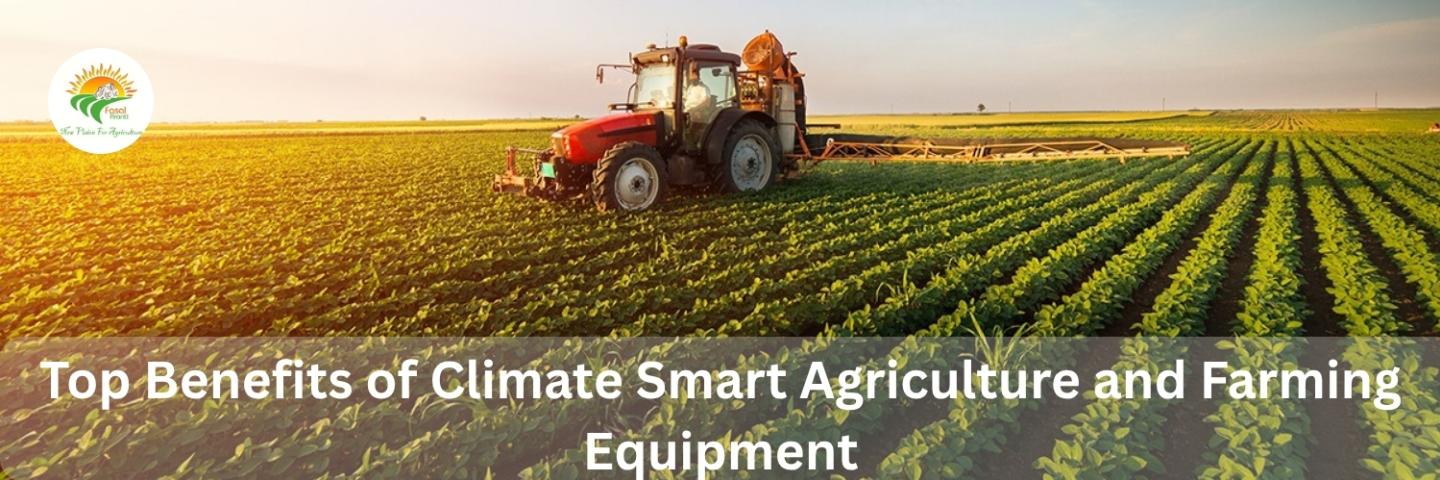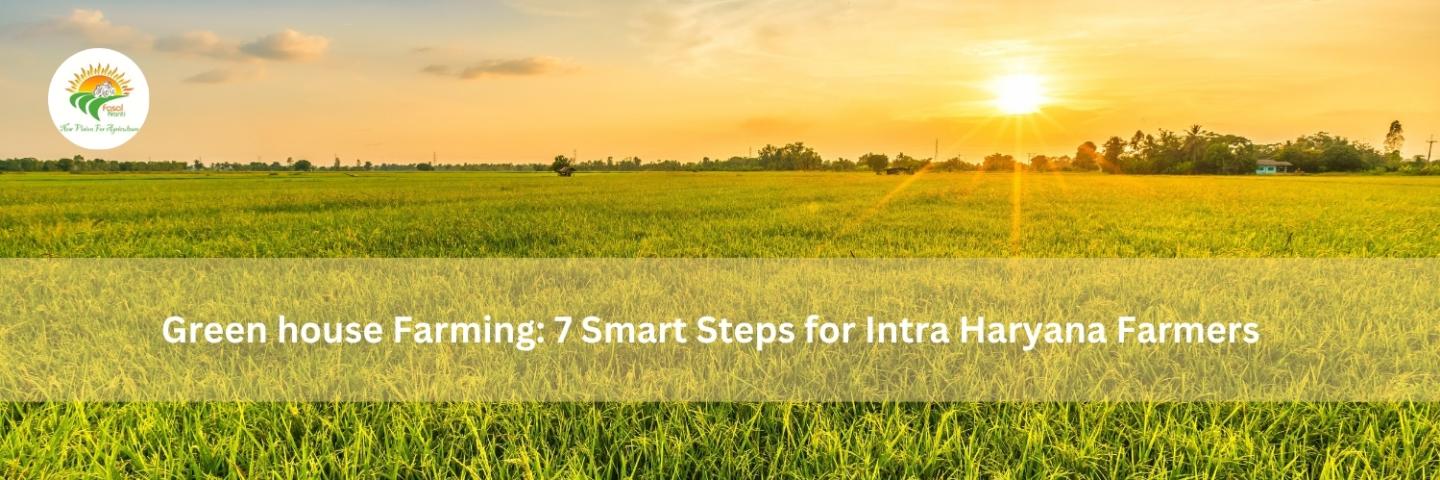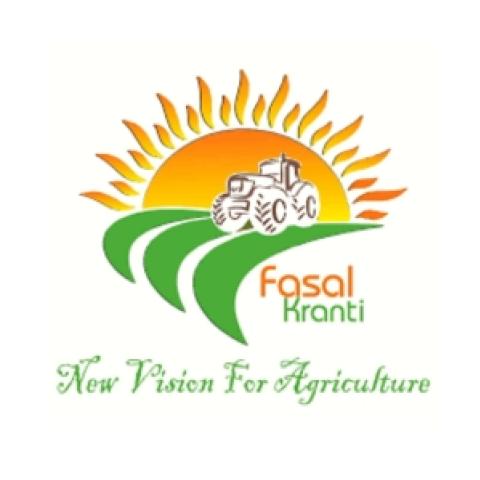In a world grappling with the dual challenge of feeding a growing population and combating climate change, sustainable farming equipment has emerged as a top priority. Today, farmers are turning to smarter, more efficient, and environmentally responsible techniques to increase yields, preserve resources, and ensure food security. From precision technologies to eco-conscious farming practices, the agricultural sector is embracing a transformation like never before.
The
Need for Sustainable Crop Production
Modern agriculture is under immense
pressure. Climate change, soil degradation, water scarcity, and declining
biodiversity are threatening global food systems. According to the United
Nations, food production must increase by 60% by 2050 to meet the needs of a
global population exceeding 9 billion. However, achieving this goal without
further harming the environment requires a shift to climate smart agriculture an approach that boosts productivity, enhances
resilience, and reduces greenhouse gas emissions.
Sustainable crop production focuses
on using resources wisely, minimizing waste, and preserving natural ecosystems.
The goal is not just short-term productivity, but long-term agricultural
sustainability that benefits both farmers and the planet.
Embracing
Climate Smart Agriculture
Climate
smart agriculture (CSA) is a holistic approach that
integrates climate change adaptation and mitigation into agricultural
development. It promotes practices that are not only environmentally friendly
but also economically viable and socially inclusive.
Key elements of CSA include:
1. Conservation
Agriculture
This technique involves minimal soil
disturbance (no-till farming), crop rotation, and maintaining soil cover. These
practices improve soil health, increase organic matter, and enhance water
retention. By reducing the need for plowing, conservation agriculture also
lowers carbon emissions, making it a core practice in climate smart
agriculture.
2. Drought-Resistant
Crop Varieties
With changing weather patterns,
crops must withstand extreme conditions. Scientists have developed varieties
that are resistant to drought, pests, and diseases. These crops require less
water and chemical inputs, helping farmers maintain yields under stressful
conditions.
3. Integrated
Pest Management (IPM)
IPM is an eco-friendly approach that
combines biological, cultural, and chemical tools to manage pests. By reducing
reliance on synthetic pesticides, IPM protects beneficial insects and improves
environmental health.
4. Efficient
Water Management
Techniques like drip irrigation and
rainwater harvesting help conserve water while improving crop yields. Smart
irrigation systems powered by sensors and real-time data ensure crops get just
the right amount of water when needed.
Advanced
Farming Equipment for Precision Agriculture
The use of modern farming equipment is revolutionizing agriculture. Precision agriculture relies on
technology and data to optimize every aspect of crop production. With tools
like GPS, sensors, drones, and AI-powered analytics, farmers can make informed
decisions to maximize efficiency and minimize environmental impact.
Examples
of smart farming equipment include:
- GPS-Guided Tractors:
These tractors follow pre-programmed routes, ensuring accurate planting
and fertilization with minimal overlap or waste.
- Soil Sensors:
These monitor moisture, pH, and nutrient levels in real time, allowing
farmers to tailor their practices for optimal crop health.
- Drones and Aerial Imaging: Drones provide bird’s-eye views of crop fields,
helping identify issues like nutrient deficiencies, pest infestations, or
water stress early.
- Automated Irrigation Systems: Controlled through smart phones or computers, these
systems ensure crops receive precise water amounts, reducing waste.
These tools not only increase yields
and profits but also reduce fuel, fertilizer, and pesticide usage aligning with the principles of climate smart
agriculture.
Urban
Farming: A Sustainable Model in Cities
As cities expand, urban farming is redefining the
relationship between agriculture and urban spaces. Growing food within city
limits reduces transportation emissions, promotes local food systems, and
fosters community engagement.
Types
of urban farming:
- Rooftop Gardens:
Utilize unused rooftop spaces to grow vegetables and herbs.
- Vertical Farms:
Use stacked layers and controlled environments to grow crops indoors with
minimal space and water.
- Hydroponics and Aquaponics: Soil-less systems that grow plants in nutrient-rich
water, often integrated with fish farming for a closed-loop system.
Urban farming addresses several
sustainability goals:
- Reduces food miles and associated carbon emissions.
- Enhances food security and accessibility in urban
areas.
- Provides fresh, organic produce to local communities.
- Encourages green spaces and biodiversity in cities.
Cities like Singapore, New York, and
Tokyo are investing heavily in vertical farms and hydroponic systems to
supplement their food supply and increase resilience against global supply
chain disruptions.
The
Role of Data and AI in Sustainable Farming
Digital transformation is playing a
pivotal role in the evolution of sustainable crop production. Data analytics
and artificial intelligence (AI) help farmers make proactive decisions,
improving efficiency and reducing risks.
Applications
include:
- Crop Monitoring:
AI analyzes satellite and drone images to detect crop stress and recommend
timely actions.
- Yield Prediction:
Machine learning models use weather, soil, and crop data to forecast
yields and improve planning.
- Climate Forecasting:
Helps farmers prepare for weather extremes and manage risks related to
climate change.
Smartphone apps are also empowering
smallholder farmers with real-time information on weather, market prices, pest
alerts, and farming tips democratizing
access to technology.
Community
Involvement and Policy Support
Sustainable crop production requires
support beyond the farm. Governments, NGOs, and research institutions play a
vital role in promoting and supporting climate smart agriculture.
Key policy measures include:
- Subsidies for eco-friendly farming equipment
- Training programs in sustainable techniques
- Investment in research and development
- Incentives for organic and regenerative farming
Community-based initiatives like
farmer cooperatives, knowledge-sharing platforms, and urban garden networks are
also crucial. They create opportunities for collaboration, resource sharing,
and scaling of successful practices.
Case
Study: Climate Smart Farming in India
India, with its vast agricultural
landscape, faces serious challenges from climate variability. In response, the
government and private sector have launched several initiatives to promote
climate smart agriculture.
For instance, the use of solar-powered irrigation pumps in
states like Maharashtra and Gujarat has reduced dependency on diesel and
electricity. Farmers are also adopting micro-irrigation
systems and biofertilizers to improve efficiency and soil health.
Urban farming is catching on in
cities like Bangalore and Pune, where citizens grow vegetables on terraces and
community plots. These practices not only supplement nutrition but also raise
awareness about food and environmental issues.
The
Road Ahead: A Sustainable Future for All
The future of farming equipment lies in a
blend of tradition and innovation. While ancestral wisdom still holds valuable
lessons, modern tools and science offer the means to overcome contemporary
challenges. Sustainable crop production is not a choice but a necessity for the
health of our planet, our people, and future generations.
By adopting climate smart agriculture, leveraging farming equipment, and encouraging urban farming , we can build a resilient agricultural system that
thrives amid uncertainty. Farmers, governments, consumers, and innovators must
work hand in hand to nurture this transformation.
The path is clear: sustainability,
powered by smart techniques, is the key to feeding the world without destroying
it.
